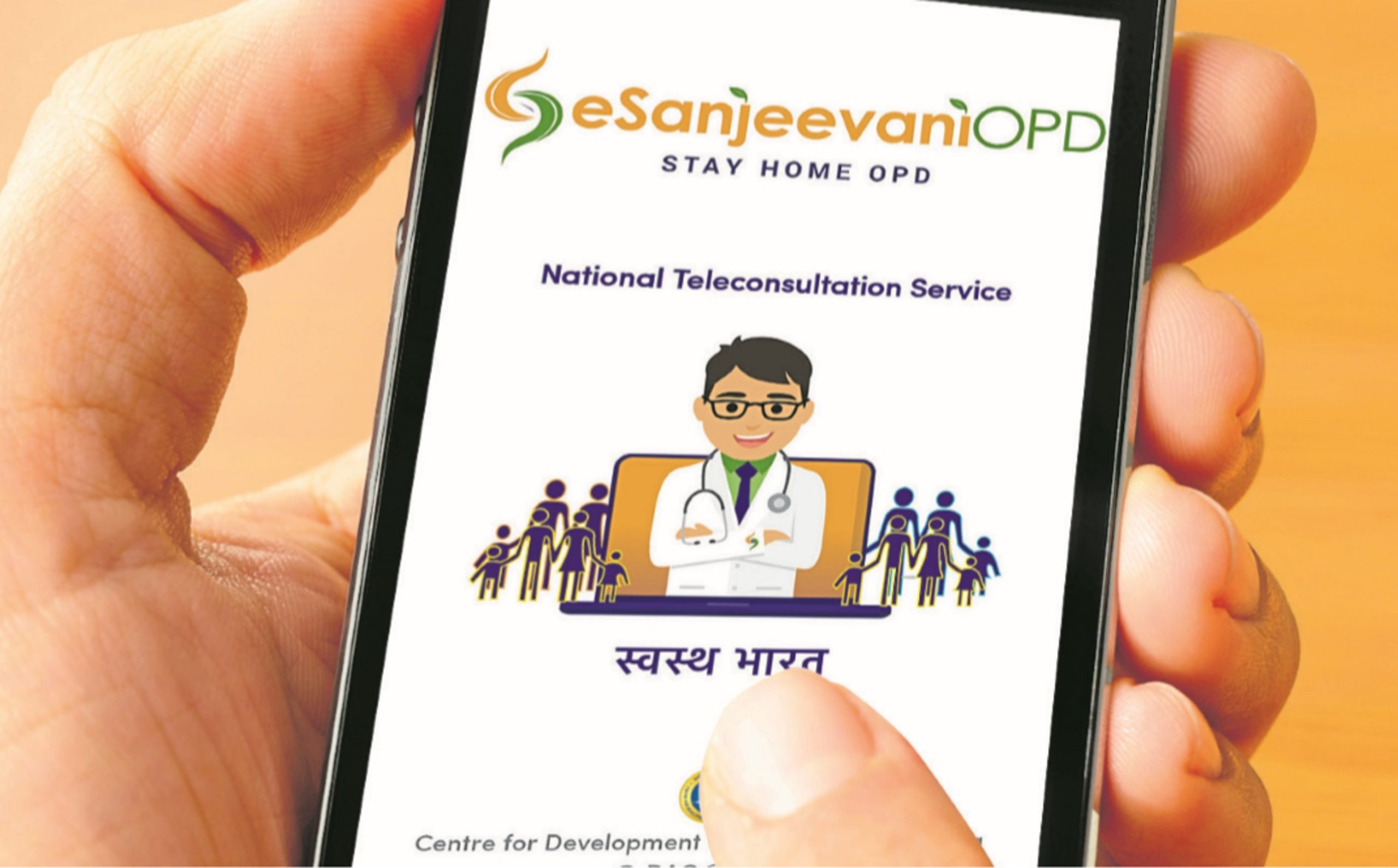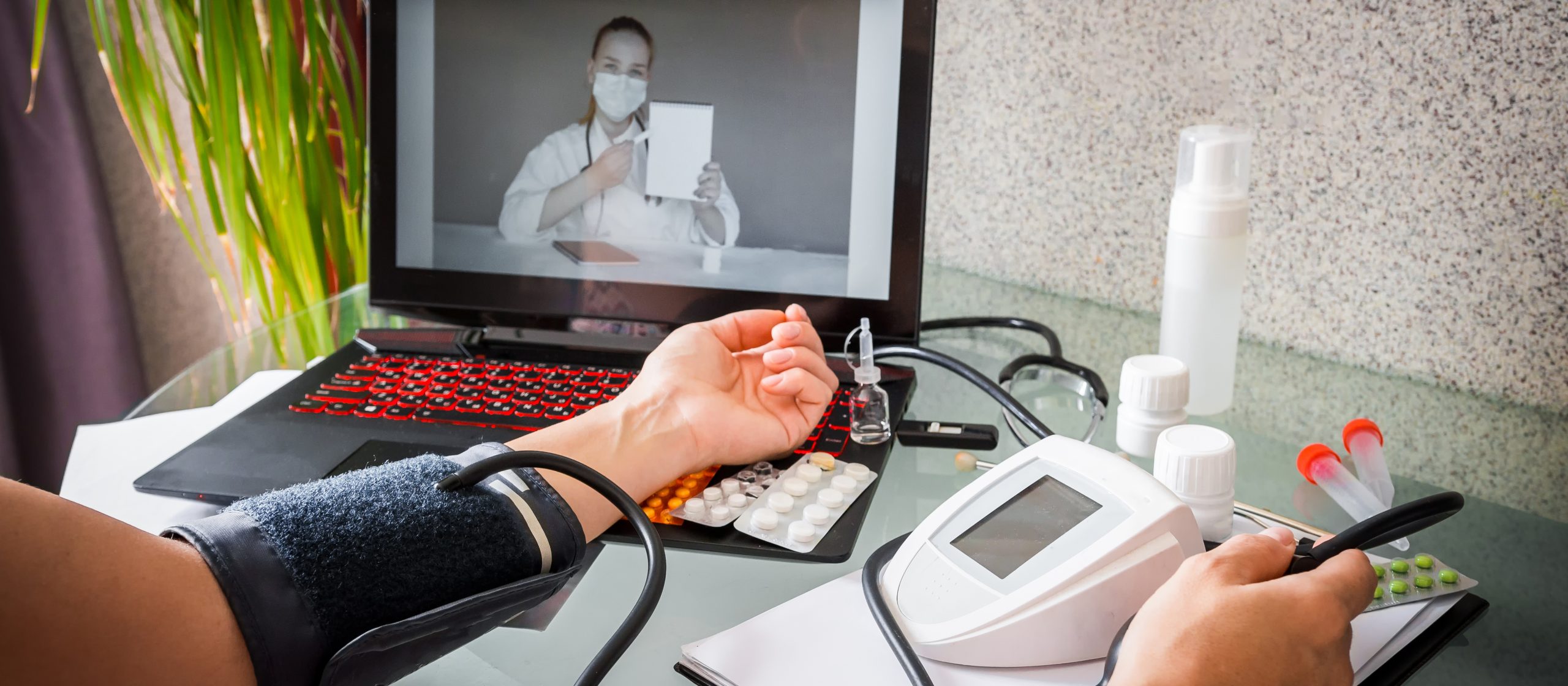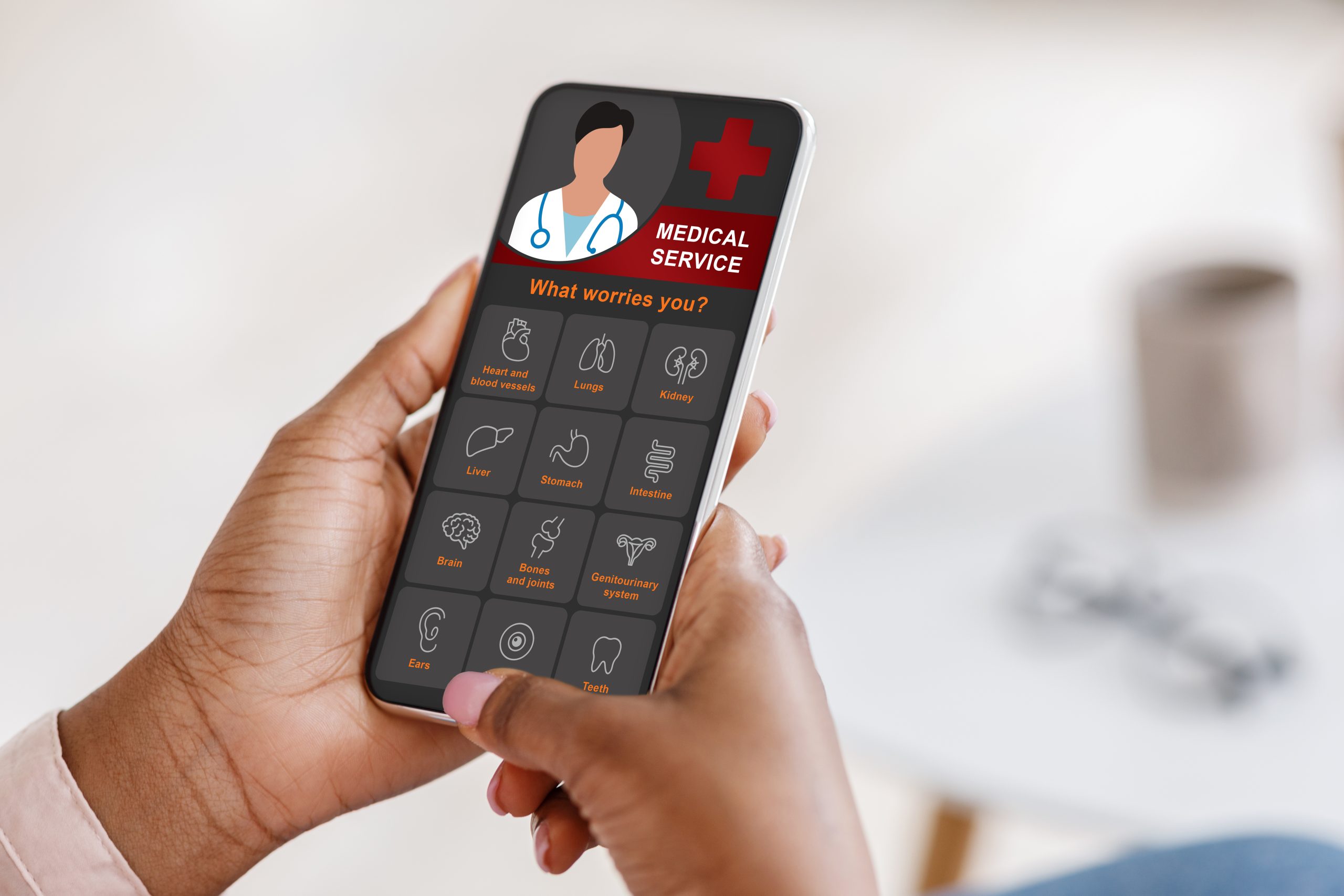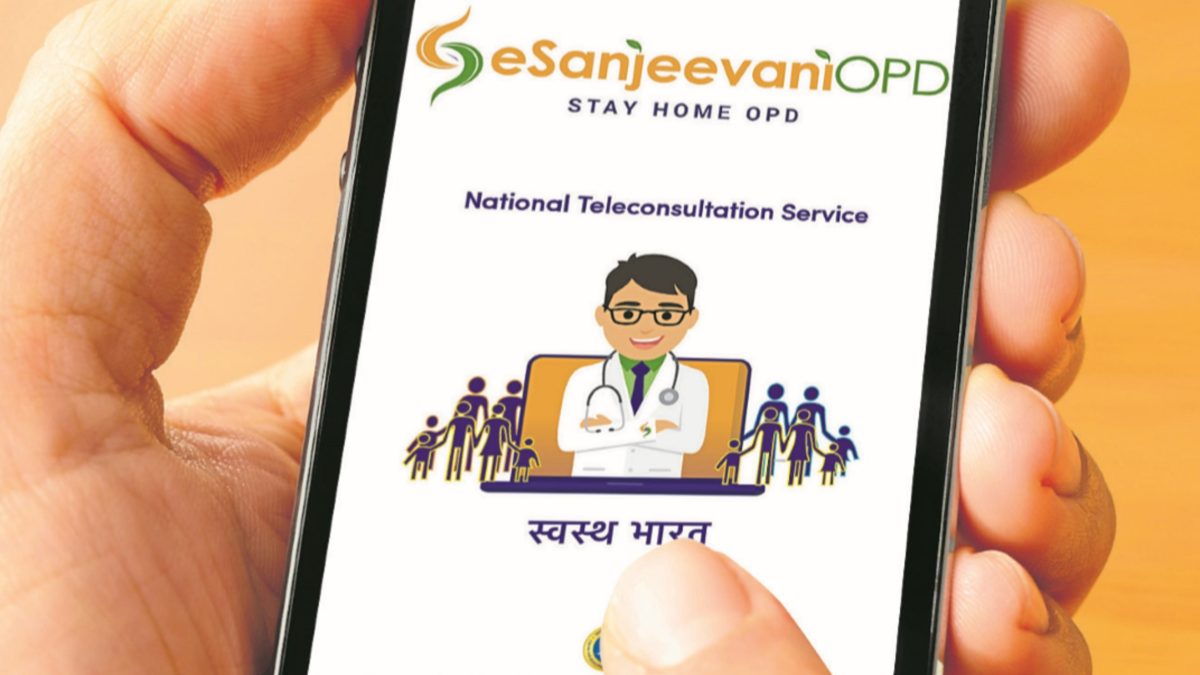- Have any questions?
- (+91) 02792 230240
- info@smcgh.edu.in

Things you should know before joining a Medical college
January 7, 2023
World Kidney Day: Caring for Your Kidneys
April 3, 2023Telemedicine and the Future of Healthcare: Connecting Patients and Professionals
Telemedicine is an innovative way of delivering healthcare services that enables patients to consult with healthcare professionals remotely using video conferencing technology, among others. Telemedicine has revolutionised the healthcare industry by providing an accessible and convenient way to receive medical care.
According to a report by the Indian Medical Association, telemedicine consultations have increased by 500% in India during the COVID-19 pandemic.
In this blog, we will explore the definition and brief history of telemedicine, its various types and benefits, how it works, and its potential advantages and barriers to adoption. We will also look at the future of telemedicine and its potential impact on healthcare delivery.
What is telemedicine and a brief history
Telemedicine refers to the use of telecommunication technology to deliver healthcare services. This includes video conferencing, remote monitoring, and mobile health apps. Telemedicine has been around for more than 50 years, dating back to the 1960s, when NASA used telemedicine to monitor astronauts' health while in space. The first telemedicine consultation occurred in 1959, when two medical facilities in Pennsylvania transmitted radiographic images for diagnosis. Since then, telemedicine has evolved into a complex network of technologies and services.
Highlight: In 2020, the Indian government launched the eSanjeevani telemedicine platform, which has provided over 2 million teleconsultations to patients across the country as of November 2021.

Types of telemedicine and their benefits
There are various types of telemedicine, including synchronous, asynchronous, remote
monitoring, and mobile health apps.
Types of telemedicine and their benefits
- Synchronous telemedicine involves real-time communication between a patient and healthcare professional.
- Asynchronous telemedicine involves the exchange of information without the need for real-time communication.
- Remote monitoring involves the use of technology to monitor a patient's health remotely.

- Mobile health apps enable patients to access healthcare services using their mobile devices.

The benefits of telemedicine include increased access to healthcare services, improved patient outcomes, and reduced healthcare costs.
How telemedicine works and its potential advantages
Telemedicine works by using telecommunication technology to deliver healthcare services remotely. Patients can connect with healthcare professionals using video conferencing technology or mobile health apps. This enables patients to receive medical care from the comfort of their homes, which is especially beneficial for patients living in rural or remote areas. Telemedicine also enables healthcare professionals to share medical information and collaborate with other healthcare professionals, improving patient outcomes.

The potential advantages of telemedicine include
- increased access to healthcare services
- improved patient outcomes
- reduced healthcare costs
Telemedicine enables patients to receive medical care remotely, which reduces the need for in-person visits and improves patient access to healthcare services. This can lead to improved patient outcomes, as patients are more likely to seek medical care when it is accessible and convenient. Telemedicine can also reduce healthcare costs by reducing the need for in-person visits, which can be costly.
Telemedicine is an innovative way of delivering healthcare services that enables patients to consult with healthcare professionals remotely using video conferencing technology, among others. Telemedicine has revolutionised the healthcare industry by providing an accessible and
convenient way to receive medical care.




